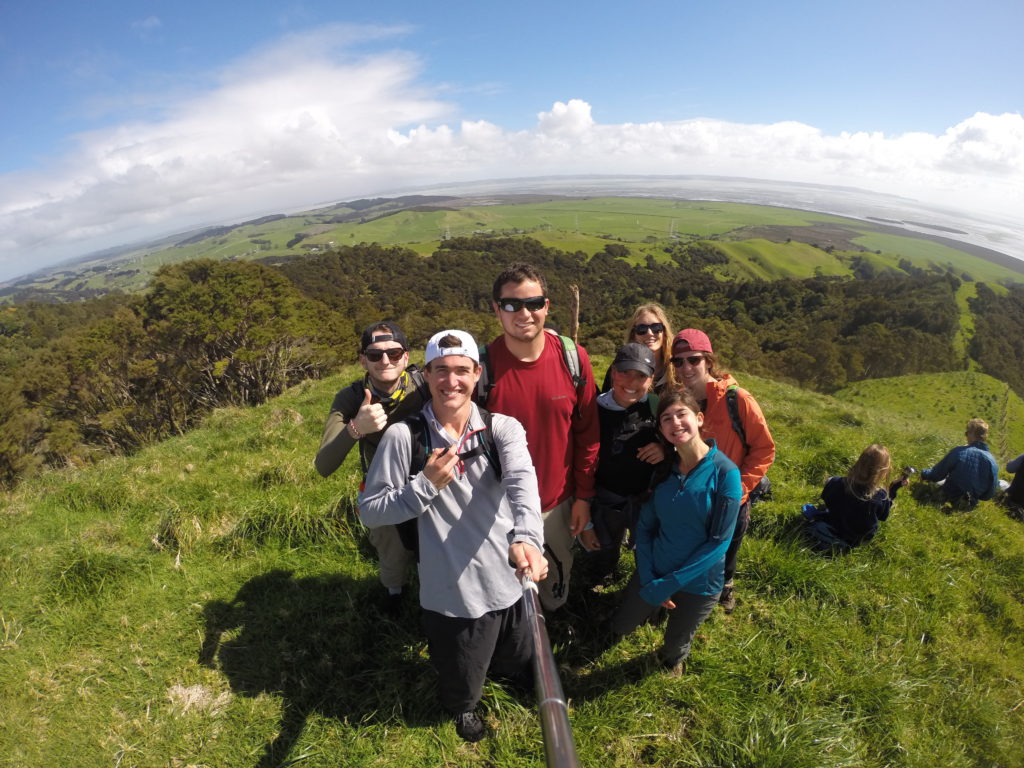
Our third week began by travelling from Anne’s farm to a nearby Maori community center, called the Kotare Trust where we have been living for the week. We were greeted warmly and openly by the generous hearts of the Maori family who help run the Trust. After enjoying a few songs and a traditional dance we were welcomed into a room with an expansive and delicious lunch spread. As we have learned quickly, food is a central aspect of Maori social events. They have a saving that goes, “happy puki (stomach), happy heart, happy soul, happy person,” and we are all very, very happy people.
As an opening activity for our first day, we received the great honour of attending a Takahe – releasing ceremony. The takahe is a bird that was once an irrevocable part of Maroi culture. Unfortunately, after centuries of hunting, exploitation, and colonisation the populations of the Takahe plummeted and the animal was, at one point, believed to be extinct. However, after years of intensive breeding trials and releases it is believed there are now close to 300 in the wild. We were a few of the lucky ones who got to participate in the release of ten more birds at a nearby national park. As a group, we were fortunate enough to witness history being made for the nation and its people, indigenous and foreign.
Our second day with the Maori consisted of a long and stunning hike through Maori lands that were recently returned to the people by the government. The lush rainforest was encrusted by sparkling blue ocean and expansive views of unimaginable beauty from the outlook at the summit of the mountain we climbed. After six hours of intensive hiking, we were taken to traditional, geothermally-heated pools to relax and sooth our aching muscles. After a delicious barbeque dinner at the pools, we headed back to the Trust for the night to listen to more incredible stories about the history and culture of the Maori people. As we have come to understand, the Maori history is both tumultuous and beautiful in the ways that it has struggled to survive amidst intensive European colonisation.
Day three was spent at a Marae, a traditional holy place of the Maori people. Maraes are deeply historical and incredibly beautiful in their adornments of traditional Maori totems, each bearing a story and symbolism all its own. While at the Marae we learned three new songs to add to our repertoires. One was the Haka, the battle cry performed before every All Blacks rugbee match. It is traditionally a song and dance used in the wake of conflict as a way of displaying dominance and strength over a warring tribe. So far, learning about the culture, history, struggles, triumphs, and prides of the Maori has been a deeply humbling and eye-opening experience that we are all so blessed to be receiving.
– Liv Johansson and Lucas Henderson
